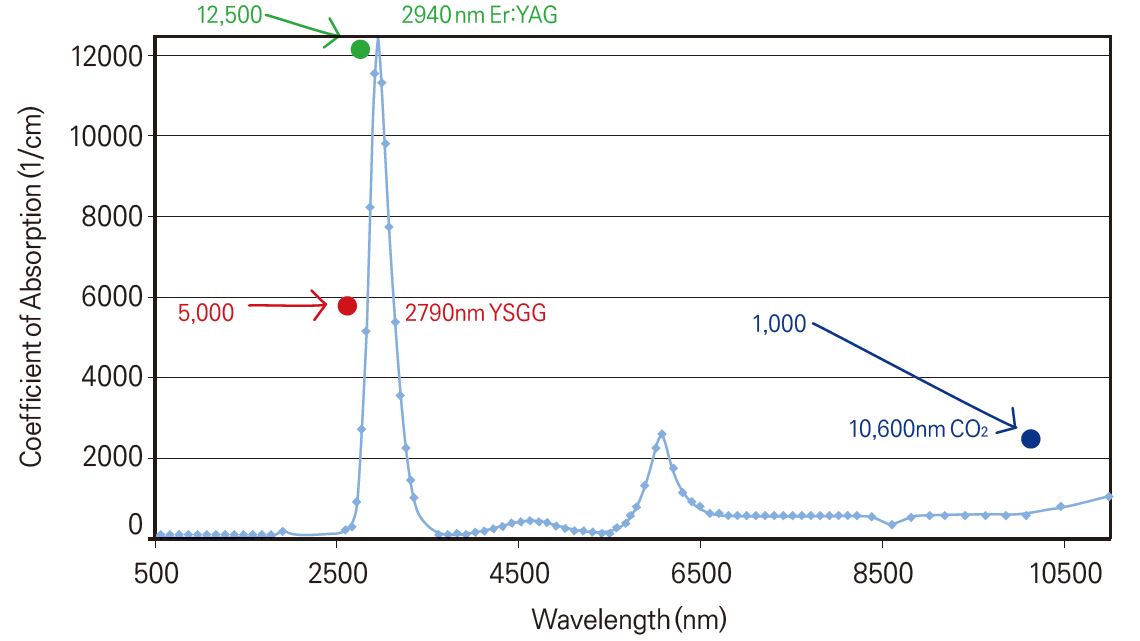
▶ Previous Artlcle: #11-4. Ablative Fractional Laser
For the Er:YAG fractional laser using MLA, the fractional beam energy at the outer side of the spot is relatively weak compared to the center.
So, it is recommended that the laser be irradiated for the fractional laser beam spot to be partially overlapped.
Penetration depth can be adjusted by increasing either fluence or frequency (hz).
When using excessive energy, Er:YAG fractional laser can not only make the micro-dot stay longer just as the CO2 fractional laser does, but can cause erythema or PIH.
Therefore, it is advisable to check the patient’s overall skin condition such as skin thickness, pore size, and secreted sebum level before the Er:YAG fractional laser procedure.
.jpg)
[Advertisement] FCR® (Fractional Prickle CoralCalcium Regentron) – Manufacturer: (www.illglobal.com)]
As in the case of CO2 fractional laser, it should be noted that intensive post-operative care and care at home after treatment must be carried out to reduce recovery time, minimize side effects, and improve the effectiveness of the treatment.
Er:YAG fractional laser is also used mainly for scars, pores, and wrinkles.
It can be used not only for the improvement of skin texture and pigment but as a pathway of drug penetration by employing the fractional resurfacing on the part of the outer skin layer while overlapping and irradiating with low energy (1hz, 10J/cm2).
For tattoo treatment, Er:YAG fractional laser can be utilized for the same purpose as CO2 fractional laser.
It has recently produced meaningful effectiveness by using low fluence Er:YAG fractional laser especially in the treatments for hair loss.
Picture 5. Comparison of microablative column and coagulation zone of ablative fractional laser.
-To be continued




















